Introduction: The Rise of Wellness-Focused Wearable Technology
Wearable technology has come a long way since the early days of fitness trackers and basic smartwatches. Today, wearable devices have evolved into powerful tools for monitoring and improving our health, contributing significantly to the growing wellness movement. As people become more health-conscious and technology continues to advance, wearables are at the forefront of personalized healthcare.
Wellness-focused wearable technology allows individuals to track and manage everything from physical activity and sleep to mental well-being and chronic health conditions. By providing real-time insights into the body’s performance, these devices empower users to make informed decisions and adopt healthier habits. Whether it’s a smartwatch, a fitness tracker, or a specialized device for stress reduction, the wellness tech landscape is vast and rapidly growing.
In this article, we will explore the different types of wellness wearables that are shaping the future of health. From smart fitness trackers and biometric sensors to sleep-tech devices and mental wellness wearables, we’ll dive into how these technologies are transforming personal health management. Additionally, we will look at the rise of sustainable wellness devices, offering eco-friendly alternatives that align with a growing demand for environmentally conscious health tech. Finally, we will discuss the intersection of wearable tech and personalized health, and how these advancements are likely to shape the future of wellness in a more sustainable, individualized manner.
Smart Fitness Trackers: Monitoring Physical Activity, Sleep, and Stress
The most common type of wellness wearable is the fitness tracker—a device designed to help individuals monitor their physical activity and overall health. Over the years, fitness trackers have evolved from simple pedometers to multi-functional devices capable of tracking a wide range of metrics, including steps taken, calories burned, heart rate, sleep quality, and even stress levels.
Popular devices like Fitbit, Garmin, and WHOOP are known for their ability to monitor activity levels throughout the day, encouraging users to stay active and meet personal fitness goals. However, these devices now go beyond just counting steps. They provide in-depth analytics of physical activity and recovery, allowing users to understand how their exercise habits impact their overall well-being. For example, trackers now provide heart rate variability (HRV) data, which is a key indicator of stress and recovery, helping individuals understand when they’re overtraining or under-recovering.
Sleep tracking has also become a key feature of fitness trackers, with devices now using sensors to monitor sleep stages (light, deep, REM), duration, and sleep quality. This data helps users optimize their sleep routines and improve the quality of their rest, which is essential for overall health and wellness.
Another important feature of modern fitness trackers is stress monitoring. Many wearables now include sensors that detect physiological signs of stress, such as changes in heart rate, skin temperature, or sweat levels. Some devices offer guided breathing exercises or relaxation techniques to help reduce stress levels and promote mental well-being.
The next generation of fitness trackers will likely integrate even more sophisticated sensors and AI algorithms to provide more personalized feedback and predictions, further enhancing their ability to support individuals’ health and wellness goals.
Biometric Sensors: The Role of Advanced Sensors in Tracking Wellness Metrics
Biometric sensors are revolutionizing the way we monitor our health. These advanced sensors, embedded in wearable devices, allow for continuous, real-time tracking of various wellness metrics such as heart rate, blood oxygen levels, body temperature, and even glucose levels.
Devices like the Oura Ring and Apple Watch have integrated advanced biometric sensors that track users’ vital signs with impressive accuracy. For example, the Apple Watch Series 7 and later includes an ECG (electrocardiogram) sensor, which allows users to monitor their heart rhythm for potential irregularities, a critical feature for people at risk of cardiovascular diseases. Similarly, the Oura Ring is known for its ability to track heart rate variability, body temperature fluctuations, and sleep quality, providing valuable data for users looking to optimize their wellness.
Wearables are also starting to include blood oxygen sensors (SpO2), which have become especially relevant during the COVID-19 pandemic. These sensors can detect early signs of respiratory issues or hypoxemia, alerting users to potential health concerns before they become critical. With the ability to continuously monitor biometrics, these devices offer users the opportunity to track their health in a way that was previously reserved for clinical settings.
In the future, biometric sensors in wearables will likely become even more advanced, providing deeper insights into wellness and chronic health conditions. This could include tracking glucose levels in people with diabetes, monitoring cortisol levels for stress management, or even detecting early signs of illness before symptoms appear.
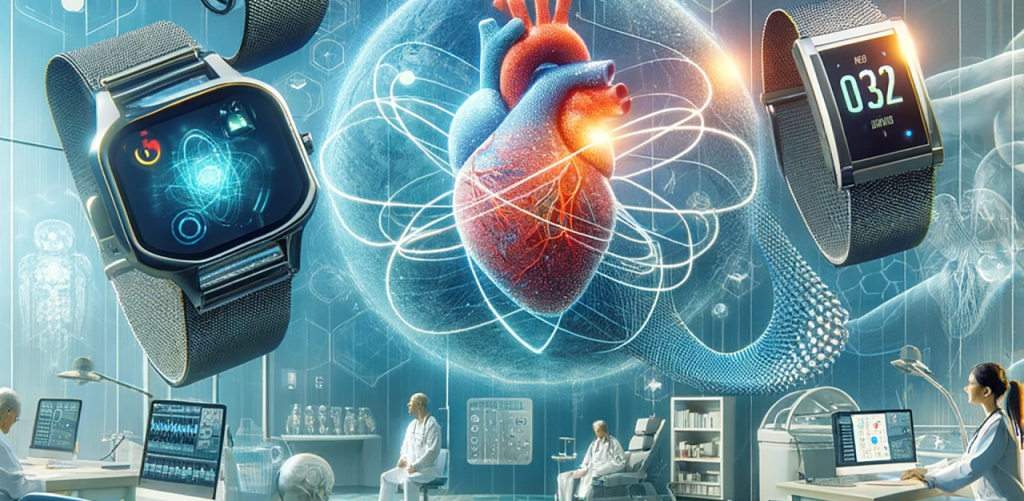
Sleep-Tech Devices: Smart Pillows, Mattresses, and Sleep Trackers for Better Rest
In our modern, fast-paced world, sleep is often the first aspect of health to be neglected, yet it’s essential for overall well-being. Poor sleep has been linked to a variety of health issues, including mental health disorders, heart disease, obesity, and even reduced cognitive function. As awareness of the importance of sleep grows, wellness tech has stepped in to help improve sleep quality with a range of sleep-tech devices.
Wearables like the Oura Ring and the WHOOP Strap are well-known for their sleep-tracking capabilities, providing users with detailed insights into their sleep cycles, duration, and quality. However, advancements in sleep-tech go beyond just wearables. Companies are developing smart pillows, mattresses, and sleep pods that are designed to optimize sleep quality.
For instance, smart pillows use sensors to monitor sleep position and adjust support levels to ensure that users maintain proper alignment throughout the night. Some even include integrated sound systems that play relaxing music or white noise to help users fall asleep faster. Smart mattresses, such as the Eight Sleep Pod, use sensors to regulate temperature based on body movements and sleep stages, ensuring an ideal sleep environment throughout the night.
Beyond comfort, sleep-tech devices also focus on improving sleep patterns. Sleep trackers and sleep apps provide users with personalized recommendations for better sleep hygiene, such as adjusting bedtime, reducing screen time, and incorporating relaxation techniques.
As we move forward, we can expect sleep-tech devices to become more integrated into other aspects of wellness, offering a holistic approach to sleep optimization through AI-powered insights and adaptive technology.
Mental Wellness Wearables: Devices that Track and Help Reduce Stress and Anxiety
Mental wellness is becoming an increasingly important aspect of overall health, and wearable technology is playing a major role in helping individuals manage stress, anxiety, and other mental health challenges. Wearable devices that track physiological signs of stress—such as heart rate, skin conductivity, and breathing patterns—are helping users monitor their emotional states and adopt healthier coping mechanisms.
For example, the Muse Headband is a popular wearable that uses EEG (electroencephalogram) sensors to monitor brain activity and guide users through meditation and mindfulness exercises. The Muse app provides real-time feedback on brain states, helping users improve focus, relaxation, and mental clarity.
Another wearable designed for mental wellness is the Spire Stone, which tracks breathing patterns to detect stress and provides real-time feedback to help users calm down through deep breathing exercises. Devices like these are becoming increasingly popular as people seek ways to manage stress and mental fatigue in their daily lives.
In the future, we can expect mental wellness wearables to become even more sophisticated, integrating with AI to offer personalized mental health support. These devices may eventually track emotional states in real time, offering customized recommendations for reducing anxiety or improving focus based on physiological data.
Sustainable Wellness Devices: Eco-Friendly Options in Wearable Health Tech
As consumers become more conscious of the environmental impact of their purchases, the wellness tech industry is responding with more sustainable and eco-friendly wearable devices. This shift is being driven by the growing demand for products that are not only health-conscious but also environmentally responsible.
Many companies are beginning to integrate recycled materials into their products, using eco-friendly plastics, metals, and fabrics. For example, Garmin has released fitness trackers made with recycled ocean plastics, while Fitbit has committed to using more sustainable materials in their product lines.
In addition to sustainable materials, energy efficiency is becoming a key focus in the wearable tech industry. Solar-powered wearables are one of the most promising innovations, offering the ability to recharge devices through sunlight, reducing reliance on batteries and promoting longer product lifespans. Additionally, wearables that use low-energy Bluetooth and other power-saving technologies are helping to minimize the environmental footprint of these devices.
As the demand for sustainability continues to grow, we can expect the wellness tech industry to place even more emphasis on eco-friendly practices, from manufacturing to packaging and beyond.
Conclusion: The Intersection of Wearable Tech and Personalized Health in a Sustainable Future
Wearable devices are transforming the way we approach wellness, enabling individuals to monitor and improve their health in real-time. From fitness trackers and biometric sensors to sleep-tech and mental wellness wearables, these devices are becoming an integral part of our everyday lives. As the wellness tech industry evolves, we can expect to see even more personalized health solutions, powered by advanced AI and data analytics, that cater to the unique needs of each individual.
The future of wearable tech in health is not only about personal optimization but also about sustainability. As consumers demand eco-friendly products, companies are responding with greener, more sustainable devices that align with a broader commitment to environmental responsibility.
In the coming years, wearable wellness technology will continue to grow in sophistication and accessibility, paving the way for a more health-conscious, connected, and sustainable future. Whether it’s improving physical fitness, enhancing sleep, reducing stress, or tracking mental wellness, wearable tech will remain at the forefront of personalized health management, empowering individuals to live healthier, more balanced lives.















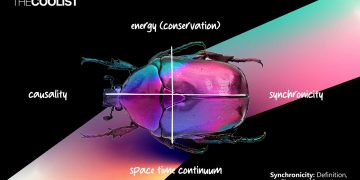









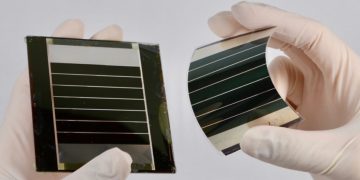
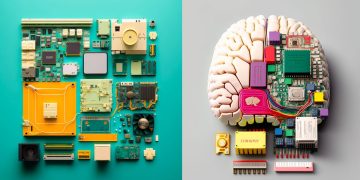


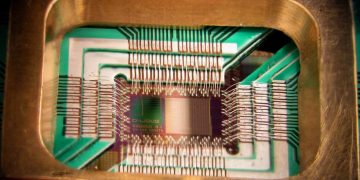

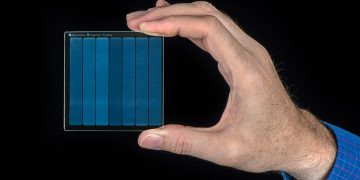

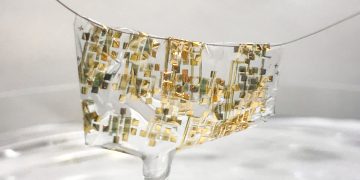
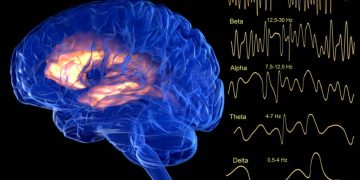













Discussion about this post